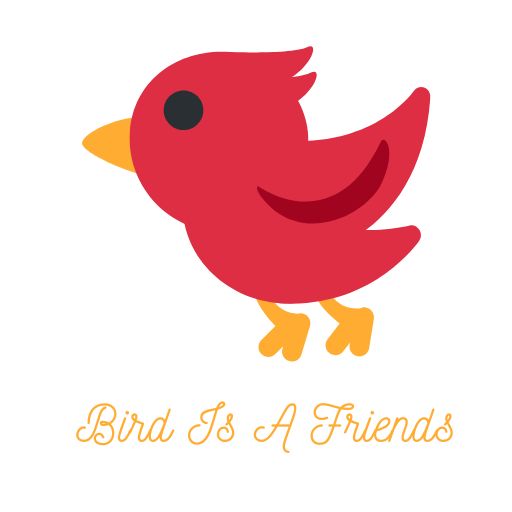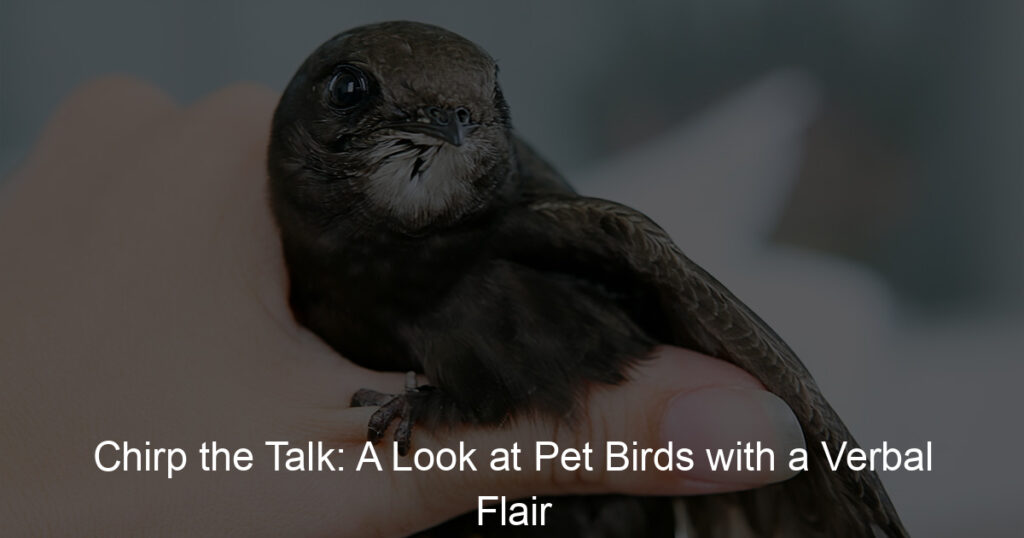Parakeets are beautiful and intelligent birds, perfect for any backyard aviary or indoor pet. Watching their lively antics can be a source of delight and wonder. That said, it is important to remember that parakeets require a balance between times in the cage and out to stay healthy.
If you want your bird to enjoy an active life with plenty of perching opportunities with you as its companion, learning when and how to let your parakeet bird free from its cage is key!
Discover why knowing the right time will help you keep your feathered friend happy while minimizing messes around your home—it really can be beneficial for both humans and avians alike!
Is it OK to let my parakeets out of their cage?
If you’re considering letting your parakeets out of their cage, it is important to remember that they are still birds and need to behave like one. They should not be kept outside all day, as they could fly off or become vulnerable to predators.
Set aside at least an hour each day that your parakeets can enjoy being out of their cage, either in a securely enclosed area or while perched on your shoulder or arm, supervised closely by you at all times.
With regular training, you will soon see your parakeets become comfortable with you and begin to settle on your shoulder for long periods – making for a wonderful companion experience!
How much time should a budgie be out of the cage?
Every budgie is unique and special, so the amount of time they should be out of their cage depends on the individual bird. Generally speaking, it’s a good idea to give your budgie at least an hour or two of daily playtime outside the cage for mental stimulation, physical exercise, and socialization with people or other pet birds.
Make sure that the room you have them out in is safe and secure; even seemingly harmless items like fans or cords can pose a safety risk. Whenever you’re done with playtime, always remember to place your budgie back in its own space for rest and security.
With adequate amounts of playtime outside the cage each day, your budgie should have plenty of happy memories to last them until next time!
How do I get my parakeet to come out of her cage?
Parakeets can be a great addition to any home and are very social creatures. If you have recently acquired your pet parakeet, you may be wondering how to get your feathered friend to come out of her cage.
Luckily, there are a few things that you can do to encourage your parakeet out of her cage and onto your finger as soon as possible! Start by giving her plenty of time outside of the cage in a safe environment every day; this will help make her more comfortable being away from the security of her home.
Additionally, familiarizing yourself with positive reinforcement-based training methods is an effective way to teach her behaviors such as hopping onto a finger or approaching when called.
With patience, knowledge, and plenty of trust-building exercises between you and your bird, getting them out into the open air will be well within reach.
Do birds need to be let out of their cage?
Keeping a pet bird can be an incredibly rewarding experience, but also carries a lot of responsibility. They require proper nutrition, an appropriate cage, and periodic health checks, but one of the most important aspects is to provide an opportunity for healthy exercise and fresh air.
Letting birds out of their cage regularly not only provides them with exercise and stimulation, but it can also help prevent problems including feather plucking or over-bonding with humans that could arise if they remain caged all the time.
Additionally, it allows birds to practice their natural behaviors and challenges them mentally, through exploring their surroundings or interacting with other birds outdoors. Although it is important to check the environment first before letting your feathered friend fly free, doing so responsibly can be incredibly beneficial to a bird’s mental and physical health.
How do I get my parakeet back in its cage?
Keeping your pet parakeet in its cage is important for both its safety and comfort, so getting it back in the cage should be a priority. Before attempting to catch your parakeet, make sure you’re calm and collected as stressful behavior could further deter it from re-entering.
If possible, leave the door open so that your parakeet can naturally come back into the cage. You may also want to offer a treat or two that’s just inside the cage to entice them back in. If they will not fly down on their own, try using a net or perch on a pole to lure them closer before scooting them off in one smooth motion.
Finally, closing the door of the cage right away is important to prevent an escape; however, make sure your hands aren’t too close as this may scare your bird and prompt it to fly away again.
How long should a bird be out of its cage?
The amount of time a bird should be out of its cage will depend on the type and breed of the bird, as well as any safety, health, or welfare concerns to consider. Some breeds may have more activity time than others and require more space to flap their wings safely indoors.
Visible signs commonly observed by owners can provide important insight into knowing not only when to take a bird out of its cage, but also when they need some downtime away from other animals and people in the house.
Generally speaking, resources recommend allowing birds a minimum of two hours daily outside their cages; however, this length of time can vary considerably depending on a variety of factors such as season and temperatures in the home.
Ultimately, it is best to err on the side of caution when determining how long a bird should be out of its cage so that your pet receives plenty of fresh air without putting itself in any potential danger.
Final Thoughts
In conclusion, the best time to let your Parakeet bird out of its cage for playtime is during any part of the day when there is little activity in the household. It is important to always keep a watchful eye and make sure that they are safe.
It can be extremely rewarding to watch your parakeet interact with you and your surroundings, and it’s an experience worth having. Always remember that this shouldn’t be done without some basic knowledge of parakeets as these birds have highly evolved social behaviors which require understanding and respect.
Furthermore, make sure that your pet bird has plenty of sleep at night – this is essential for them to remain healthy and active afterward. With these simple steps, you can provide a safe environment for your lovely parakeet outside its cage, allowing them to stretch its wings and enjoy itself fully!








